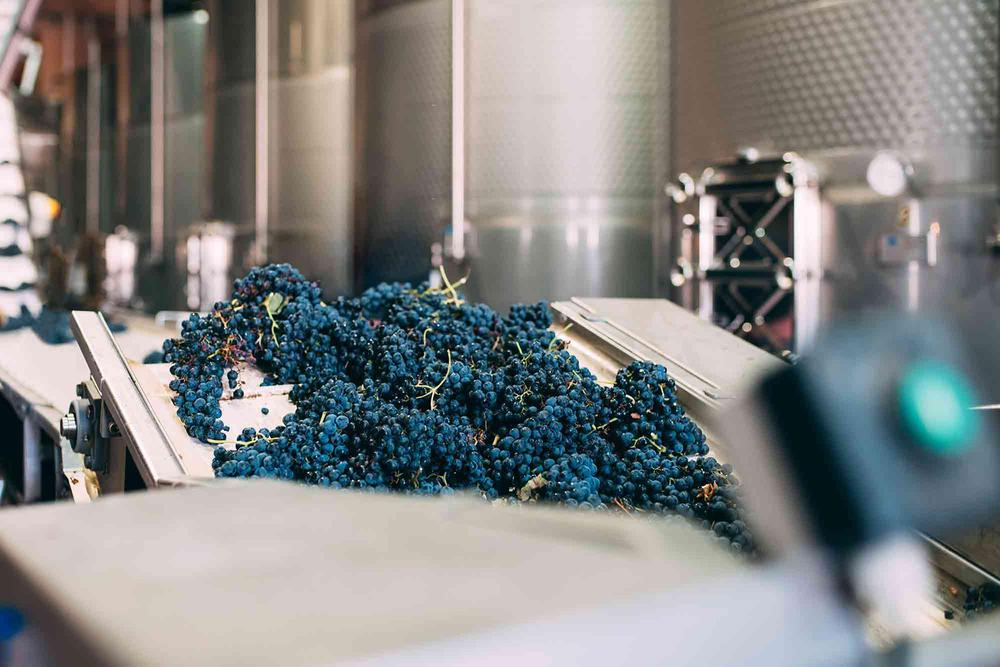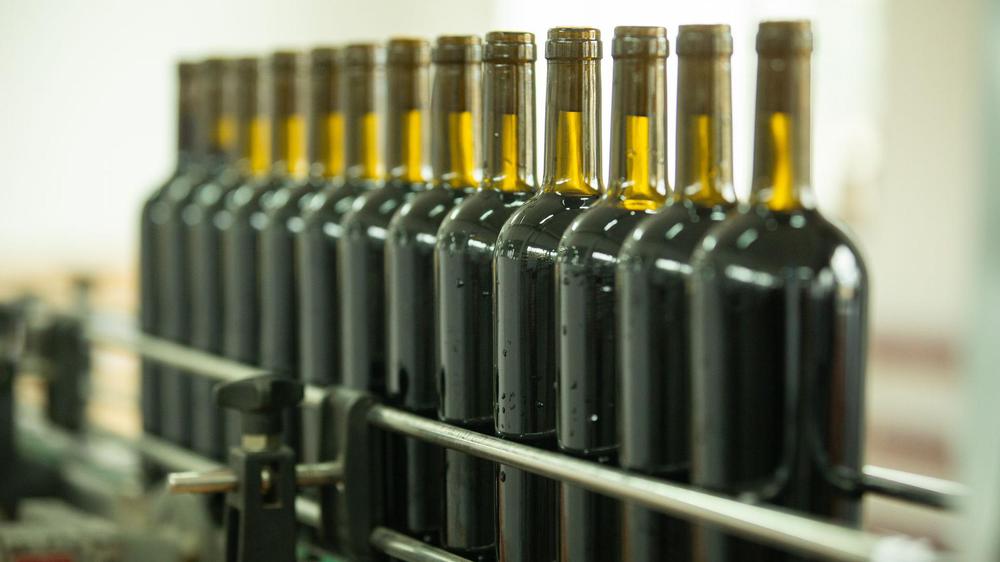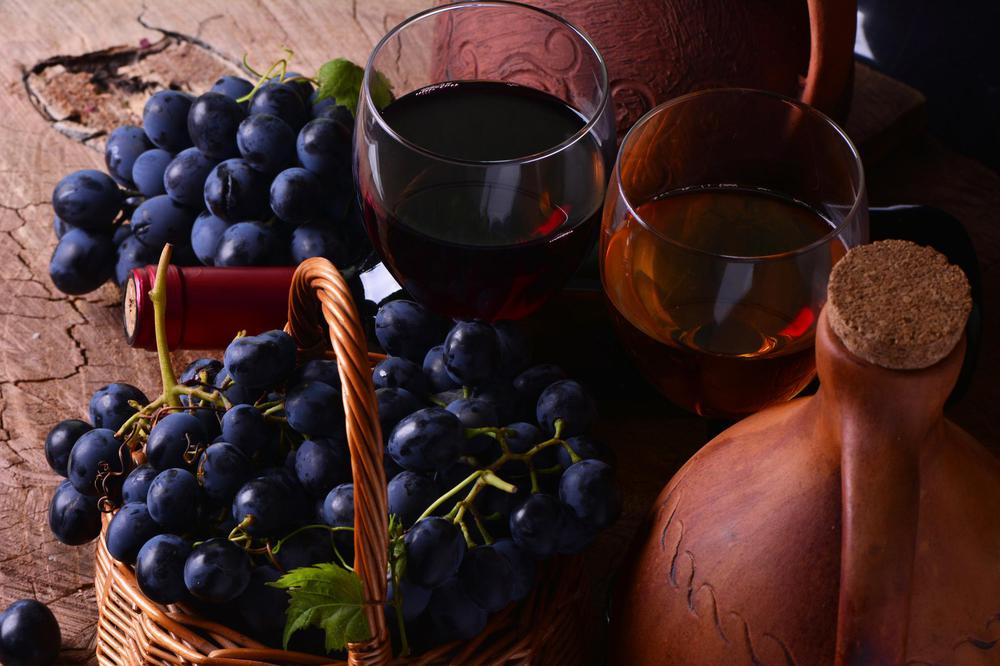This article delves into the intricate world of wild yeasts in Georgian winemaking, particularly focusing on their role in traditional qvevri fermentation. Employing scientific studies and field research, it highlights the uniqueness of Georgian wine, underscored by the spontaneous fermentation process and the use of native yeast strains. This exploration is not just about winemaking techniques; it's a journey through a cultural heritage, blending oenology with travel, tourism, and the quest for authentic experiences in Georgia's vineyards.
The Science Behind Qvevri Winemaking
In a comparative study involving traditional qvevri and modern stainless steel fermentation methods, researchers observed dynamic exchanges of microflora, particularly yeasts, in the Georgian winemaking process. Using Auxerrois grapes, the study showed that wild yeasts replaced starter yeasts after 30 days of fermentation in qvevri, enhancing the complexity of flavors. Interestingly, the qvevri's unique shape seemed to intensify microbial activity, positively influencing fermentation. This method also impacted the wine's mineral profile, with qvevri wines showing higher concentrations of manganese and iron, elements that contribute to the distinctive taste profiles associated with aged wines.
The Rise Of Natural Wines And Georgian Influence
Natural wines, gaining popularity for their complex flavors, owe much to Georgian winemaking traditions, one of the oldest globally. The use of qvevri, a typical clay pot, and spontaneous fermentation with wild yeasts, are hallmarks of this method. This technique allows a diverse range of microorganisms on the grapes to contribute to the wine's flavor, creating a unique product that reflects the terroir and individuality of the winery.
Qvevri Fermentation: A Blend Of Tradition And Science
Scientific investigations into qvevri fermentation have revealed its benefits, including micro-oxygenation and enhanced aroma development. Notably, despite the traditional approach, the mineral content in qvevri wines largely aligns with that of conventional wines. These findings underscore the intricate balance of age-old practices and modern scientific understanding in producing high-quality, unique wines.
Indigenous Yeasts: Crafting Unique Georgian Wines
In rural Georgia, homemade wine production is widespread, with spontaneous fermentation being a common practice. Research in various Georgian regions identified a rich diversity of yeast species on grapes and in wines. Notably, Saccharomyces cerevisiae was prevalent in wine samples, playing a crucial role in spontaneous fermentations. This biodiversity is pivotal in creating wines with distinct flavors and aromas, characteristic of the region's various grape varieties.
Georgian Winemaking: A Cultural Tapestry
Georgian winemaking is deeply rooted in tradition, with the qvevri method practiced for centuries in areas like Kakheti. This method, recognized by UNESCO as an Intangible Cultural Heritage, shuns commercial cultures and sulfur dioxide, relying instead on natural processes. Various styles of qvevri wines reflect the rich cultural and environmental diversity of Georgia, from the Mediterranean to subtropical climates. This traditional approach, combined with a growing interest in natural and unique wine profiles, is reshaping consumer preferences and wine market trends.
Towards Precision Oenology: A Future Perspective
The study also emphasizes the potential of indigenous yeasts in enhancing wine quality, particularly for less aromatic local grape varieties. Experiments with different yeast strains showed significant impacts on the flavor profiles of Georgian wines. This approach, blending tradition with scientific precision, opens avenues for creating innovative wines that honor their heritage while embracing modern oenological practices.

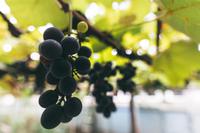 Methods of Georgian Winemaking
Methods of Georgian Winemaking
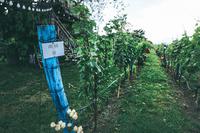 From Qvevri to Bottle
From Qvevri to Bottle
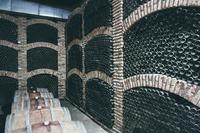 Wine Bottling and Storage
Wine Bottling and Storage
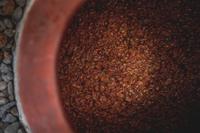 Qvevri Wine Fermentation Process
Qvevri Wine Fermentation Process
 Influence of Terroir on Georgian Winemaking
Influence of Terroir on Georgian Winemaking
